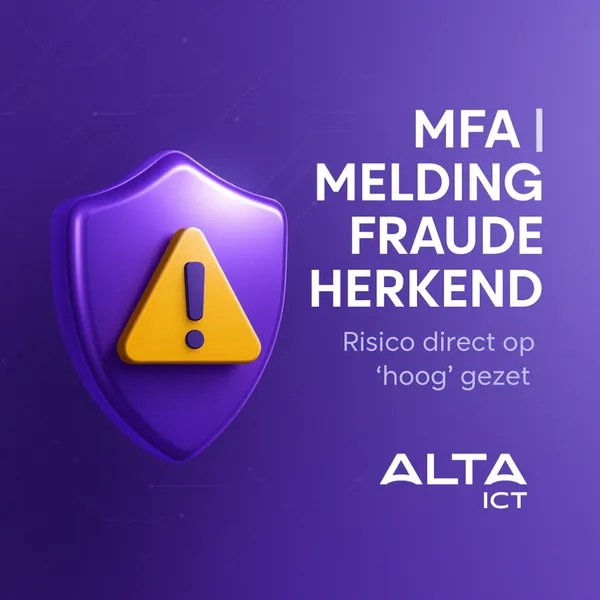
Knowledge base
September 20, 2024
End of Support for TLS 1.0 and 1.1
As of Oct. 31, 2024, Microsoft will end support for TLS 1.0 and TLS 1.1 for all interactions with Azure services.
If your systems are still using older versions of Transport Layer Security (TLS), it is crucial to move to TLS 1.2 or later to avoid disruptions and ensure secure data encryption.
In this blog, we discuss why this change is happening, what steps you need to take and how to prepare your organization for this transition.
???? Why TLS 1.0 and 1.1 are being terminated
Although older versions of TLS, such as 1.0 and 1.1, are still secure and contain no known vulnerabilities in the Microsoft implementation, they offer less robust security compared to newer protocols.
TLS 1.2 and later offer numerous advantages:
- Perfect Forward Secrecy (PFS): this feature ensures that even if an attacker manages to obtain the server’s private keys, previous sessions cannot be cracked.
- Stronger cipher suites: TLS 1.2 supports more powerful encryption algorithms, reducing the likelihood of attacks such as brute-force.
In short, moving to TLS 1.2 or higher is essential to take advantage of enhanced security and to better protect your data from modern threats.
????️ Featured Actions
To avoid having your services interrupted, there are a few simple steps you can take to prepare:
- Check current TLS version: Verify that your resources interacting with Azure services are using TLS 1.2 or later.
- Update systems: If you rely on TLS 1.0 or 1.1, update your systems to TLS 1.2 or later before the Oct. 31, 2024 deadline.
- Enable supported protocols: Make sure TLS 1.2 is enabled on all systems.
This can be done, for example, by configuring the appropriate registry settings on Windows Servers or by updating your application code. - Test your connections: Run tests to ensure that your connections to Azure work correctly after moving to TLS 1.2.
⚠️ Important deadline: Oct. 31, 2024
If you don’t update your systems on time, you run the risk that they will no longer be able to communicate with Azure services, which can lead to:
- Disruption of business processes: Applications that depend on Azure services may no longer be able to function correctly.
- Security risks: Continuing to work with older protocols after the transition can create potential vulnerabilities in your infrastructure.
???? Learn more
Want to learn more about this transition or want technical guidance on implementing TLS 1.2?
Microsoft offers detailed information and tutorials to support you through the transition: Solving the TLS 1.0 Problem
✍️ Conclusion
Moving to TLS 1.2 is a necessary step to ensure the security of your Azure services.
By taking timely action and making the appropriate updates, you’ll ensure that you can continue to enjoy the power of Azure without any problems, while complying with the latest security standards.
Take the time today to review your systems and initiate the move to TLS 1.2.
Want to know more?

Related blogs
Tech Updates: Microsoft 365, Azure, Cybersecurity & AI – Wekelijks in je Mailbox.



